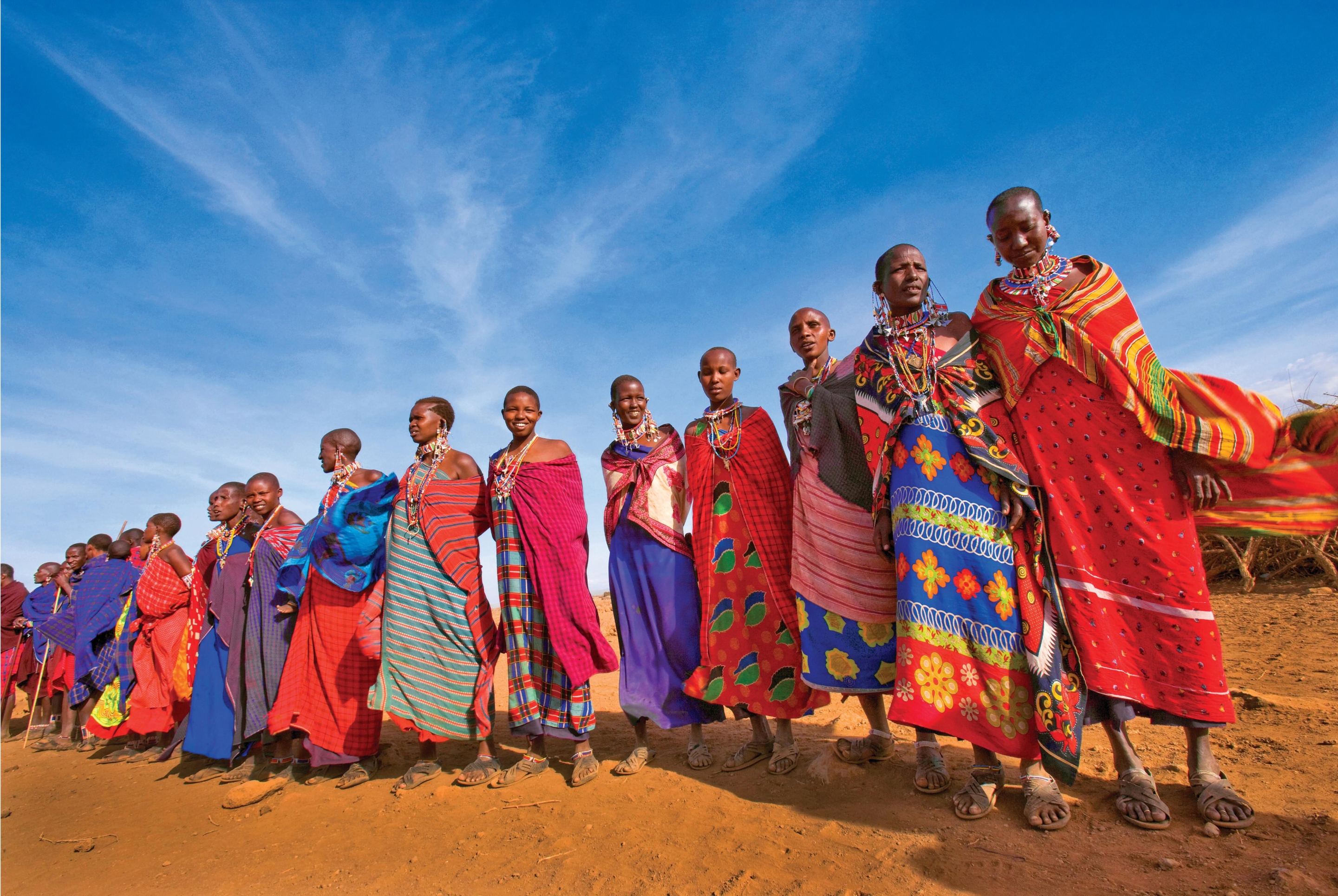You’re receiving this message because your web browser
is no longer supported
We recommend upgrading your browser—simply click the button below and follow the instructions that will appear. Updating will allow you to accept Terms and Conditions, make online payments, read our itineraries, and view Dates and Prices.
To get the best experience on our website, please consider using:
- Chrome
- Microsoft Edge
- Firefox
- Safari (for Mac or iPad Devices)
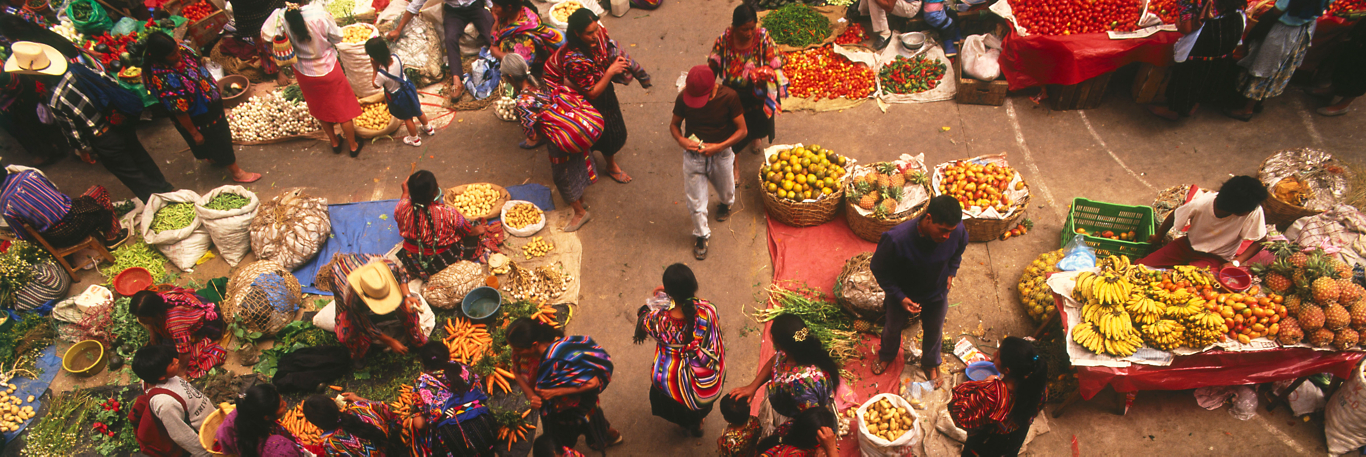
guatemala
Compare Our Adventures
Click 'Select to Compare' to see a side-by-side comparison of up to adventures below—including
activity level, pricing, traveler excellence rating, trip highlights, and more

Spend 9 days in Guatemala on
Route of the Maya
O.A.T. Adventure by Land
Spend 5 days in Guatemala on our
Pre-trip Extension
Antigua & Tikal: Guatemala's Colonial Capital and Mayan Ruins
Antigua & Tikal: Guatemala's Colonial Capital and Mayan Ruins
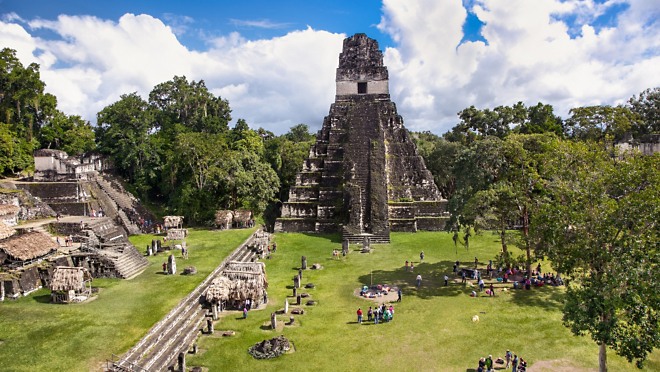
Compare Adventures
Add Adventure
including international airfare
per day
*You must reserve the main trip to participate on this extension.
**This information is not currently available for this trip. Please check back soon.
You may compare up to Adventures at a time.
Would you like to compare your current selected trips?
Yes, View Adventure ComparisonGuatemala: Month-By-Month
There are pros and cons to visiting a destination during any time of the year. Find out what you can expect during your ideal travel time, from weather and climate, to holidays, festivals, and more.
Guatemala in November-January
Guatemala, known as the “Land of Eternal Spring,” has only two true seasons every year—wet and dry. The stretch between November and January is during the dry season, and considered the country’s summer. The coolest months of the dry season are December and January—which also makes them the busiest for tourism. The crowds will be bigger and prices will be higher during this popular time of year.
Holidays & Events
- December 7: La Quema del Diablo (Burning the Devil) is an annual Guatemalan tradition that symbolically purifies people's homes and the land from devils that may have been lurking there over the year. Locals decorate the front of their houses with flickering lanterns and light small papier–mâché demons, while large bonfires or effigies of Satan are burned in town squares.
- December 25: Christmas
- January 1: New Year’s Day
Must See
The weather this time of year is perfect for outdoor exploration, such as touring Tikal National Park or Yaxha Ruins, avoiding the rain and mud you would inevitably encounter during the wet season.
Watch this film to discover more about Guatemala
Guatemala in February-April
The dry season continues February through April. Clear skies and comfortable temperatures are this season’s hallmarks—it’s far less rainy and humid, and generally cooler than it is during the rest of the year. This is a great time to visit otherwise steamy cities like Guatemala City and Antigua.
Holidays & Events
- March/April: Semana Santa (Holy Week) and Easter. Semana Santa, the week-long celebration leading up to Easter, is famous for its over-the-top religious processions.
Must See
While the dates change each year on the Christian calendar, you can always expect Semana Santa—or Holy Week—to be an event worth witnessing. Antigua is especially famous for its elaborate processions, including lavish floats featuring religious icons, which parade over vibrant carpets created each year for the occasion.
Watch this film to discover more about Guatemala
Guatemala in May-July
Guatemala's wet season is also its winter, though it doesn't resemble winters experienced in more northern regions. Instead, the climate is tropical with periodic rain showers, usually in the afternoon.
Holidays & Events
- May 1: Labor Day; similar to Labor Day in the U.S., Guatemala celebrates workers achieving labor rights with parades and political rallies.
- July: National Indigenous Festival is a two-week event celebrating the traditions and culture of Guatemala's indigenous Maya people.
Must See
Every year in late July, the city of Cobán hosts a Folkloric Festival, an impressive two-week event showcasing the indigenous traditions of the Maya, such as music and dance.
Watch this film to discover more about Guatemala
Guatemala in August-October
August through October is well into Guatemala's winter, which means it continues to be rainy. But in the dramatic Guatemalan Highlands region—nestled in the Sierra Madre de Chiapas mountains—visitors can enjoy cooler temperatures with clear skies in the morning.
Holidays & Events
- August 15: Festival of the Virgin of the Assumption; parades, fairs, and parties are held throughout the country in honor of the Virgin Mary—patron saint of Guatemala City.
- September 15: Guatemalan Independence Day; this jubilant, country-wide celebration includes dances, parades, and fireworks.
- October 20: Commemoration of the 1944 Revolution is a day set aside to celebrate Guatemala's nearly non-violent revolution, and is usually marked with present-day peaceful protests.
Must See
Every year in late July or early August, the city of Cobán hosts a Folkloric Festival, an impressive two-week event showcasing the indigenous traditions of the Maya, such as music and dance.
Watch this film to discover more about Guatemala
Average Monthly Temperatures
High Temp Low Temp
Guatemala Interactive Map
Click on map markers below to view information about top Guatemala experiences
Click here to zoom in and out of this map
*Destinations shown on this map are approximations of exact locations
Guatemala City

Guatemala City is the bustling modern center for the country's government and economy. With renowned museums and galleries, vibrant street life and salsa culture, and La Terminal—one of the world’s biggest markets—Guatemala City is a culturally-rich destination brimming with history. Here, you’ll enjoy a deep slice of life in this contemporary city set amid an ancient landscape.
All roads in Guatemala originate from the National Palace, a famous landmark that was completed in 1943 by prison laborers. Considered a symbol of Guatemalan architecture with its blend of old-world Spanish and distinctly Guatemalan styles, the palace is now a museum, which also hosts important government events.
In the eastern half of Guatemala City, the Iglesia Yurrita, named after its Spanish plantation owner Felipe Yurrita, stands out from the rest of the neo-Classical style churches. Legend tells the story of how the church was an offering to Guatemala City’s patron saint Our Lady of the Anguishes after she saved Yurrita’s family and many townspeople from a deadly volcanic eruption. Iglesia Yurrita is a place of distinct beauty with its blush-red facade and incorporation of eastern European and Byzantine architectural styles.
Explore Guatemala City with O.A.T. on:
Lake Atitlán

For the ancient Mayans, Lake Atitlán was a divine energy source and was integral to many religious ceremonies. Nestled behind the guard of three volcanoes, Lake Atitlán’s forested landscape and azure-blue waters come together to create a somber and tranquil vista, sometimes referred to as the "closest thing to Eden on Earth."
Surrounding the lake, several villages still feel the heartbeat of Mayan culture. The residents of Santiago Atitlán, San Pedro La Laguna, San Marcos La Laguna, and San Antonio Palopó are known as artisan boat builders and often wear traditional Mayan dress. The Cojolya Weaving Center in Santiago Atitlán, established by the Association of Maya Women Weavers, carries on the tradition of creating brilliantly colored and geometric designs to their craft. Many also practice a fusion of Catholicism and the ancient Mayan religion, common in other parts of Mesoamerica.
Explore Lake Atitlán with O.A.T. on:
Tikal National Park
In the heart of the northern Guatemalan jungle, the ancient Mayan citadel of Tikal was once a major seat of Mayan political and economic power. The citadel flourished under Mayan rule between the sixth century BC to the tenth century AD. Conquered by the city of Teotihuacan in central Mexico in about AD 400, the site experienced gradual population decline until around AD 900 when it was completely abandoned. Now, the prodigious Temple IV—the highest Mesoamerican structure still in existence today—peers over the jungle offering sweeping views of the entire park.
Within the 140,000-acre park are expansive broadleaf and palm forests, temples, and even remnants of old dwellings easily over 1,000 years old. Tikal is also one of only a few UNESCO World Heritage Sites given the distinction for both its tremendous biodiversity and archaeological significance.
Explore Tikal National Park with O.A.T. on:
Flores

From the suburb of Santa Elena, a causeway juts out into Lake Petén Itzá to Flores, a charming island town of Spanish-style homes and bright red roofs. Navigating through the narrow cobblestone streets will reveal quaint residences and small street-side cafes and plazas.
Overlooking the entire town is the Catedral Nuestra Señora de Los Remedios y San Pablo del Itza, a simple colonial Spanish cathedral. Yet, amid its beautiful architecture, Flores is also known as the last holdout of Mayan culture against the Spanish colonial invasion. Even the great Spanish conquistador Hernán Cortés had to pass by the island in the late 16th century, but the city eventually fell in 1697.
Explore Flores with O.A.T. on:
Featured Reading
Immerse yourself in Guatemala with this selection of articles, recipes, and more
ARTICLE
The Mayan empire fell centuries ago, but their legacy is still felt throughout Central America.
ARTICLE
The ancient group painted human sacrifices head to toe in “Mayan blue.” Discover more about the Mayans.
RECIPE
Bring Latin American flair into your kitchen with this easy and delicious empanada recipe.
From Ancient Empire to Contemporary Culture
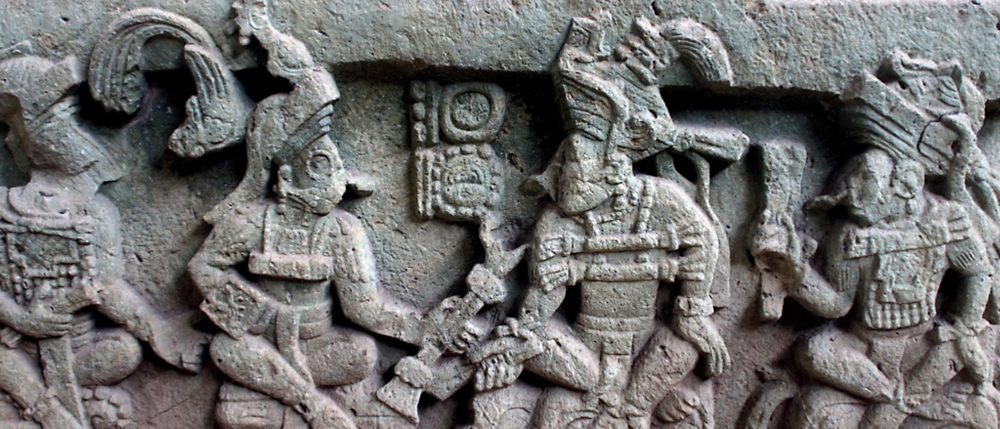
The Maya then and now
for O.A.T.
Although the Mayan Empire ended, the Maya continued to thrive in agricultural villages throughout the mountains of Central America ...
When Hammurabi ruled Babylonia and the ancient Egyptians were under Hyksos influence in the 13th Dynasty, another great empire was forming in the Americas. The ancient Maya began as farmers but went on to develop some of the most advanced forms of architecture, mathematics, language, and religion known to the Americas at the time. Even after the end of their 2,700-year reign of power in the region, the Maya continue to wield their influence on contemporary Central American culture, particularly in Guatemala, where modern Maya people comprise approximately 40% of the population.
Using glyphs to understand the past
It is through ancient Maya monuments, art, and architecture that scholars learned about the system of Maya writing, which many suspect is ancient Mesoamerica’s first writing system and the only ancient language in this region to be comprehensively translated. One of the landmark examples of Maya writing is the Hieroglyphic Stairway, consisting of 1,800 ascending glyphs in Copán, an ancient Maya city in western Honduras. While ancient Maya scribes created glyphs both in stones and in paper texts, the Spanish conquistadors burned most of the paper texts in the 16th century while converting the Maya to Christianity, and discouraged the use of Maya script. After the last of the Maya scribes died out, the text remained untranslated until Western explorers in the 1880s renewed interest in the glyphs.
The glyphs themselves were not fully translated until the 1980s—and a world of dynastic succession and a society beset with violent conquest and gruesome religious sacrifice came to life. The texts and stone carvings also illustrate vivid mythologies, the most seminal of which involves mortal twin brothers fighting gods in the underworld, eventually going on to feed the Maya and then transforming into the sun and moon.
Uncovering the world of everyday Maya
While ancient cities like Copán and Tikal harken to a golden age of architecture, art, and ideology in Maya civilization, our understanding of ancient Maya life greatly improved with the 1976 discovery of the village of Cerén, located in western El Salvador. Called “the Pompeii of the New World” because it was enveloped in volcanic ash in AD 590, the site serves as a time capsule for daily life in a small village of that era. Though it appears the residents had time to escape the eruption, they left behind an impeccably preserved village. Excavations revealed that cassava was widely grown. Some archaeologists have posited that this hardy, nutritious tuber—which remains a staple to this day—may have enabled the Maya Empire to accommodate up to two million subjects at its peak.
Although the Maya Empire ended, the Maya continued to thrive in agricultural villages throughout the mountains of Central America—and their cultural heritage still lives on today. Throughout Spanish conquest, they maintained the spoken language of their ancestors, of which there are dozens of dialects spoken in Guatemala alone. Maximón, the ancient Maya god of the underworld, was reincarnated as San Simón after hundreds of years of forced conversion of the Maya people to Roman Catholicism. In addition to a name change, Maximón also got a bespoke makeover and is usually seen in 18th-century European clothes. Many handcrafts produced in the region today reflect the art of their ancient ancestors, such as jade carvings and intricate textiles. The historic and contemporary legacy of the Maya serves as a window to their civilization at its peak, a haunting reminder of the impermanence of great empires, and a reminder of how the roots of the past give shape to a vibrant modern existence.
The Maya then and now
7 Things You Never Knew About the Maya

Shedding light on an ancient empire
by David Valdes Greenwood, for O.A.T.
Between 250 and 900 AD, the Maya reigned in Central America. But by 1000 AD, they had vanished—taking many of the keys of their culture with them.
Still, some fascinating facts have been gathered, and below, you can test your knowledge of this once-thriving civilization:
1. They had their own Farmer’s Almanac
You probably knew the Maya created a written language (the only one in Mesoamerica), but did you know they wrote books, too? These codices—one of which was 122 pages long—included predictions for the tides, eclipses, weather patterns, and sun cycles. Sadly, when the Spanish conquistadors arrived, they burned all but four of these books.

2. They were never satisfied with their looks
From an early age, the Maya tried to change their features: They hung little balls close to babies’ faces to make them cross-eyed, attempted to flatten their children’s foreheads by strapping boards upon them, and modified adult teeth to keep up with local beauty notions—adding inset gems and precious stones for personal style.
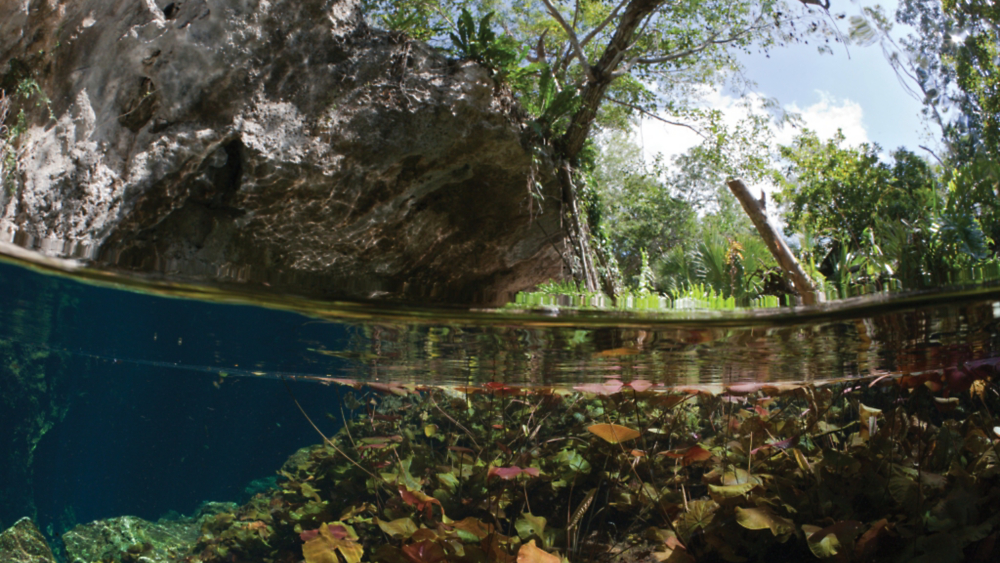
3. The Mayan underworld was literally under foot
The underworld was known as Xibalba, and it could be entered easily: A massive waterway flowed beneath Mayan territory, with 2,500 natural entrances (known as cenotes) leading to subterranean cave networks. The Maya believed they could feel the pull of the underworld by standing in a cenote–which explains why it was a site for human sacrifices.

4. They lost their minds over sports
At Copán and elsewhere, they built massive courts for a game similar to racquetball—only the ball they used was much heavier. And depictions of the game are disturbing: Decapitation is a common element, leaving experts unsure if the hefty ball could knock the players’ heads off, or whether actual skulls were used in game play.

5. “Mayan Blue” was a color to die for
The Maya created a blue pigment that was almost indestructible—in fact, it’s still visible in pottery and murals more than 1,500 years later. But some uses of the color were intended to be literally perishable: at Chichen Itza, human sacrifices were painted Mayan Blue head to toe before being offered to the gods.

6. Pregnancy earned women spa days
The Maya loved spending time in a zumpul-ché, a vented stone chamber where water was poured over hot rocks, yielding steam to bask in. Similar to a modern sauna and used for restorative purposes, they were popular with expectant mothers in need of a boost.

7. Some cherished traditions live on
In Hetzmek, the ancient Maya version of a christening, a child of three or four months was carried on a godparent’s hip, the infant’s legs straddling either side. The open legs symbolized the community preparing the child to walk through life. Hetzmek was being practiced when the Spanish arrived, and the tradition is still observed by many of the seven million Maya who still live in the region today.
Shedding light on an ancient empire
Empanadas Offer Savory & Sweet Meats and Treats

from Harriet's Corner
Delicious and satisfying empanadas are a portable meal unto themselves—which is why they've become ubiquitous throughout Latin America. Derived from the Spanish empanar, meaning “to coat with bread,” there are myriad versions, both savory and sweet. Using raisins, allspice, and beef, this empanada recipe features the best of both savory and sweet. Because they include pre-made pie crust, they’re relatively easy to make—the hardest part of cooking empanadas is waiting for them to cool down so you enjoy them! Try your hand at cooking them soon for a taste of Latin America.
Ingredients:
½ lb. ground beef
1 Tbsp. olive oil
1 large onion, diced
½ green bell pepper, diced
2 Tbsp. garlic, minced
¼ c. black olives, finely chopped
1 Tbsp. flour
1 Tbsp. allspice
1 tsp. cumin
1/4 tsp. cayenne pepper
2 hard-boiled eggs, finely chopped
1/3 c. raisins
1 (15 oz.) package refrigerated pie crust
1 egg, beaten
salt and pepper to taste
flour (for rolling surface)
Preparation:
- Preheat oven to 400°F. Heat olive oil over medium heat, and add onion, bell pepper, and garlic. Cook until the vegetables have softened (about 5 minutes).
- Add ground beef, and cook until just browned.
- Add olives, flour, allspice, cumin, and cayenne. Cook, stirring occasionally, until mixture has begun to thicken (5 or 6 minutes). Season with salt and pepper.
- On a lightly floured board, roll out pie crust and cut into circles about 3 inches in diameter (you can use a drinking glass as a “frame”).
- On one half of each circle, place one level tablespoon of cooked filling. Sprinkle with a few raisins and chopped egg.
- Brush the other half of the circle with egg wash (the beaten egg). Fold over and press to seal. Crimp edges with a fork.
- Brush top with egg wash and place on a large baking sheet. Repeat until filling is depleted.
- Bake until golden brown, about 12 minutes.
Serves: Makes 20 empanadas
Traveler Photos & Videos
View photos and videos submitted by fellow travelers from our Guatemala adventures. Share your own travel photos »
